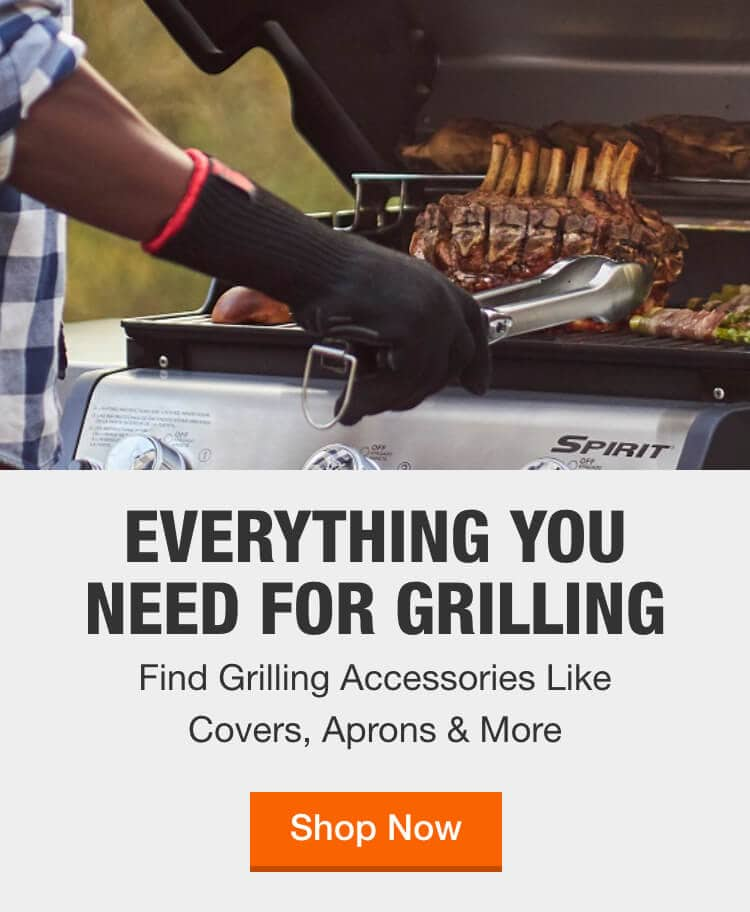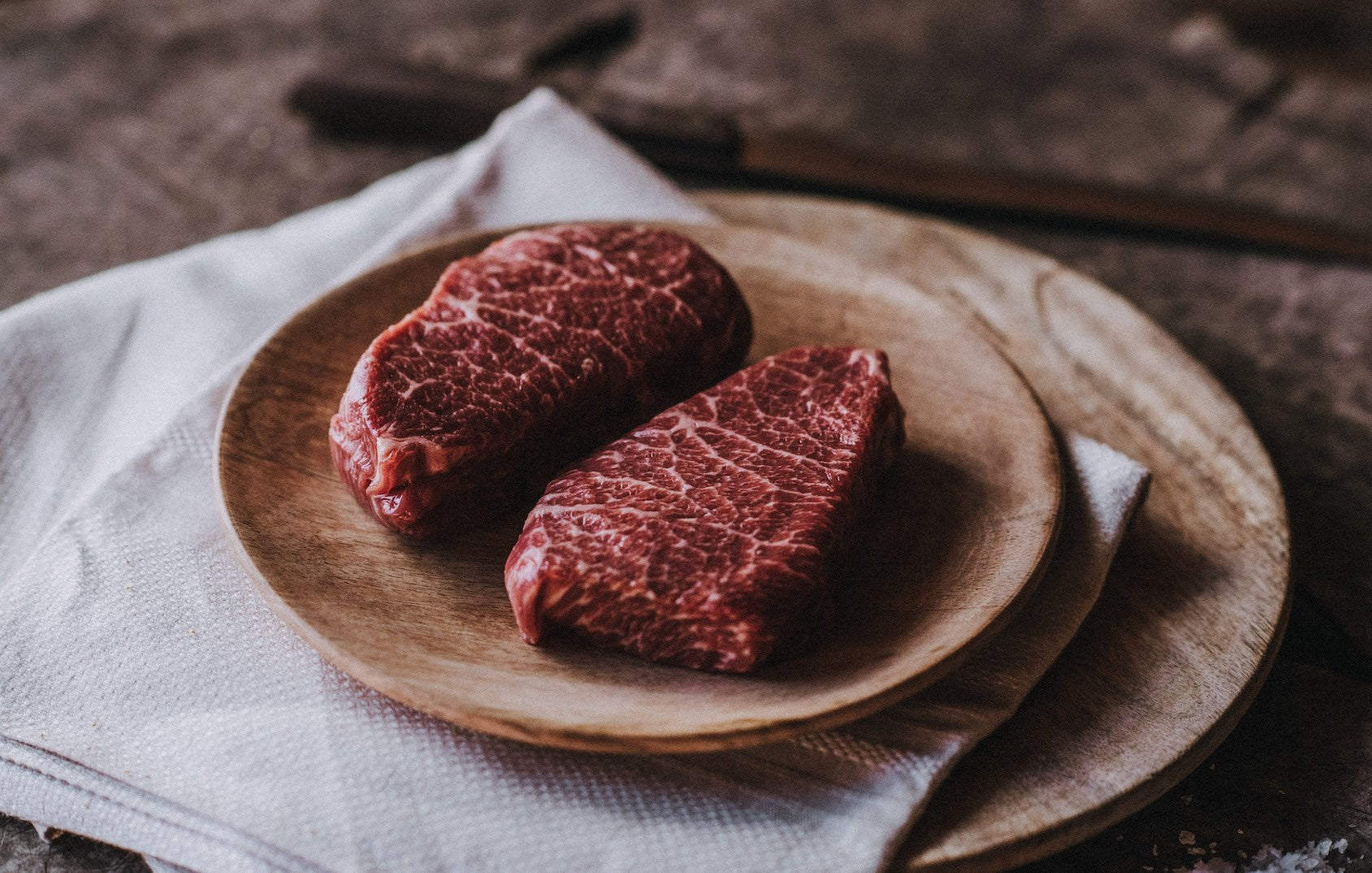
To get maximum heat, cook food over the coals. A charcoal grill that has large open vents can produce more heat. If your flames burn brightly, it means that there is sufficient oxygen. Low flames indicate that there isn't enough oxygen. If you are cooking your food too quickly, close the vents. The heat will rise the more you turn up the flames. If the flames are low, you are using too little charcoal.
Ventilation
A charcoal grill will have an intake vent. The purpose of this device is to supply oxygen to the combustibles. This is the source of "fuel" for the grill. The grill's "fuel" is the amount of oxygen that can be emitted from the vent. Controlling the oxygen rate is an important part of controlling the temperature of your grill.
Temperature control is done by the charcoal grill's intake valve. Near the vent, look for two arrows. If the arrows point to half-open, the vent is open. The top cover contains the oxygen- and exhaust dampers. By opening and closing them, you can control the temperature and intensity of the fire. Also, the larger the vent, the hotter the fire will get.
Vents on charcoal grills should always be fully open. Vents left open can lead to charcoal that is hotter and more quickly burning. Vents should be closed to reduce heat buildup and the smoke. The top vent should be closed and the bottom one should be open. You should only open the bottom vent slightly if there is too much smoke during cooking. If it does not, you can close it completely or halfway.
The outtake vent is another component that you should consider. The outtake vent, unlike the intake vent draws in oxygen from the atmosphere. Charcoal/wood fires produce gases, and if not vented properly, they will smother the fire. To ensure the correct temperature, adjust the intake vent before you start cooking. Start with the intake vent, and move up from there if you are a beginner.
Exhaust vent
The exhaust vent of a charcoal grill regulates the amount air allowed to enter the cooking area. A partially or fully open vent will allow more oxygen to enter the cooking area. This will lead to a bigger fire. If the vent is closed, however, less oxygen will enter the cooking area, which will starve the fire of oxygen and lead to a smaller flame. You must consider many factors when controlling your exhaust vent.
A charcoal grill's exhaust vent is designed to balance the oxygen in the bottom chamber with the amount of oxygen that is in the top chamber. The key to cooking the perfect hamburger is having control over these two fuels. Charcoal grill exhaust ventilators, sometimes called dampers or chimneys, allow for direct temperature control. Proper use of the vent is a way to improve the taste of your food while keeping it juicy and tender.
The exhaust vent of a charcoal grill should be the most important. If you want to get the most heat from the charcoal, you should cook it directly over the coals. If you prefer to control the temperature of your food, however, the 2-zone method is a good option. You can move food by cooking in sections using the two-zone method. If you don't have time to move the food from one zone to another, the top vent can be opened to help regulate the flame.
The intake damper is the second component of a charcoal grill exhaust pipe. This vent is located at the bottom of your grill. The oxygen required to burn charcoal and wood is reduced by opening the vent. The intake damper is normally located at the bottom. If the vent is not closed, the fire can reach higher temperatures than the other. This makes the fire more hot and allows you cook more food with less effort.
Breathing damper

Charcoal grills work by allowing air into the grill through an intake vent. As heat rises, oxygen enters the grill. The charcoal grill intake damper is a device that allows air to enter the grill. An open intake damper allows for more oxygen to the grill. Closed vents restrict oxygen. Too much air can cause the coals to heat up and burn food. In contrast, a closed damper will cause the coals to die.
Vents and dampers are often called intake and exhaust vents, but these are the same thing. A charcoal grill's lower section has an intake damper, and the top has an exhaust vent. The exhaust and intake ports on charcoal grills are set up to draw oxygen as fuel. You can cook food at the perfect temperature by keeping them open. The charcoal grill will produce more smoke if it is too hot.
The charcoal grill intake damper can be adjusted to enhance or restrict the temperature. The larger the vent opening, the more oxygen is allowed in. The smaller the airflow, the cooler the charcoal grill will be. Two dampers are found on most charcoal grills: one in the lid and one in the bottom bowl. The temperature of the charcoal grill's overall temperature is controlled by the damper. To get the best smoke flavor, keep the damper open. When adjusting the intake damper, keep in mind that the charcoal grill intake damper will take up to 10-20 minutes to settle.
A charcoal grill intake damper helps keep the fire from spreading out of control. Without a lid, the charcoal is in a volatile state and will burn until it is reduced to ashes. The best way to set up a charcoal grill is by closing the vents. They prevent drafts, smother fires and regulate the temperature. This is also known by the "fire triangle", which is a method of controlling the temperature.
While the grates are still warm, clean them.
It is easier to clean the grates of your grill while they are still warm rather than using harsh chemicals and metal tools. To clean your grill grates, soak them in a mixture of two cups vinegar and one cup baking soda. Let the solution sit for around an hour before you scrub the grates with steel wool or a scouring paper. This method works better than most chemical solutions and is safer.
After each cooking session, clean the grates of your grill. Clean the grates with a high-quality stainless metal brush. To remove food that has become browned on the grill grates, you may also want to use a separate or built-in scraper. If the brush bristles become loose, remove them. After you have cleaned and dried the grates, rinse them thoroughly.
Cast-iron grates can be cleaned with soap and warm water. Grates may lose their nonstick qualities if there is a lot of grease. You must clean them well if you want them to remain in good condition. This is also true for porcelain grill grates. They should be washed with soap and water. You can also use vegetable oil as a cleaning agent to prevent rust.
To scrub your grill grates, you can also use aluminum foil. You can use tongs to help you crumple the aluminum foil. Use a brush to remove any food stuck to the grates. Before wiping down the grill, let it cool off. This will make sure that your grill is clean. If you have a charcoal grill, you can leave it on for a few minutes after cooking.
Checking the vents

The charcoal grill's ventilations regulate the temperature and amount of oxygen that is emitted from the charcoal. The vents are essential to charcoal grilling. This will help you control the temperature, flavor and aroma of your food. To prevent a flame, close all ventilations. Allow the grill to cool completely before you store it.
If there has been heavy rain recently, it is common for the charcoal grill's lids to rust. Rust can make it difficult for the grill's vent to open, allowing oxygen to enter. This can lead either to a partially cooked meal or semi burned charcoal. The grill's ventilations are crucial for proper operation. To prevent problems from arising and to make cooking more enjoyable, you should inspect them frequently.
A vent is responsible for controlling the oxygen levels in the grill. The bottom vent is more important if you're cooking in the winter when there's less oxygen and the food will cook faster. A vent's purpose is to regulate temperature. You can replace the vent with an aluminum pan that has a similar effect. While it won't affect temperature as much like water, it can help you cook better food.
The top vent also goes by the name of the exhaust damper. Properly using the damper for charcoal grilling is vital. You will get too much smoke if the damper is too close. The proper settings are crucial to achieve the desired smoke flavor. You should adjust the vent damper to suit the food you are cooking. You should also take into consideration the type of charcoal grill you're using.
FAQ
Which is the best way for you to learn how to cook?
Cooking should be something everyone can do. You will miss out on great meals if you don't learn how to cook. To learn how to cook, you must first find a recipe you like and then follow it carefully. You'll then want to practice small adjustments until you feel confident making the dish. You can also try cooking for other people. This will improve your cooking skills as well as test your culinary abilities.
What skills are required to enter a culinary school?
To become a chef, you must be able to cook well, work under pressure, and understand food safety regulations. For a basic understanding of cooking, it is advisable to enroll in cooking classes at the local high schools or community colleges. Once you have learned the basics of cooking, it is time to look for work at a restaurant.
Where can I find high-quality kitchen equipment?
Online shopping is a great way to purchase quality kitchen equipment. All kitchen tools can be purchased online at a number of sites. Before you purchase any kitchen equipment, ensure that you have read all reviews and rated it before buying. If you have similar items to purchase, ask your friends and family if they would recommend them.
Statistics
- You'll be amazed that over 90% of CIA students receive scholarships and grants to finish their culinary studies. (ischoolconnect.com)
- under 10 Kids have been taught that there is special food just for them, and Fiese says that 10 percent of kids will throw a tantrum if they don't get the food they want. (washingtonpost.com)
- The median pay for a chef or head cook is $53,380 per year or $25.66/hour, according to the U.S. Bureau of Labor Statistics (BLS). (learnhowtobecome.org)
External Links
How To
How to cook your steak
The type of meat you are cooking will determine the right method to use. Thicker steaks cook best at low heat. Thicker steaks require higher temperatures.
You should also ensure you don't overcook them because they'll lose flavor. Remember to take your steak out of the oven when it's done. You won't burn.
Cooking times vary depending on the size and degree of doneness desired. Here are some general guidelines:
Medium Rare: Cook to medium rare. This means that the internal temperature should reach 145degF (63degC). This takes between 3 and 5 minutes per side.
Medium: Cook to medium (or until the internal temperature reaches 160degF/71degC). This typically takes 6 minutes per side.
Cook well until done. That means that the internal temp reaches 180degF (82degC). This usually requires 8 to 12 minutes per side.